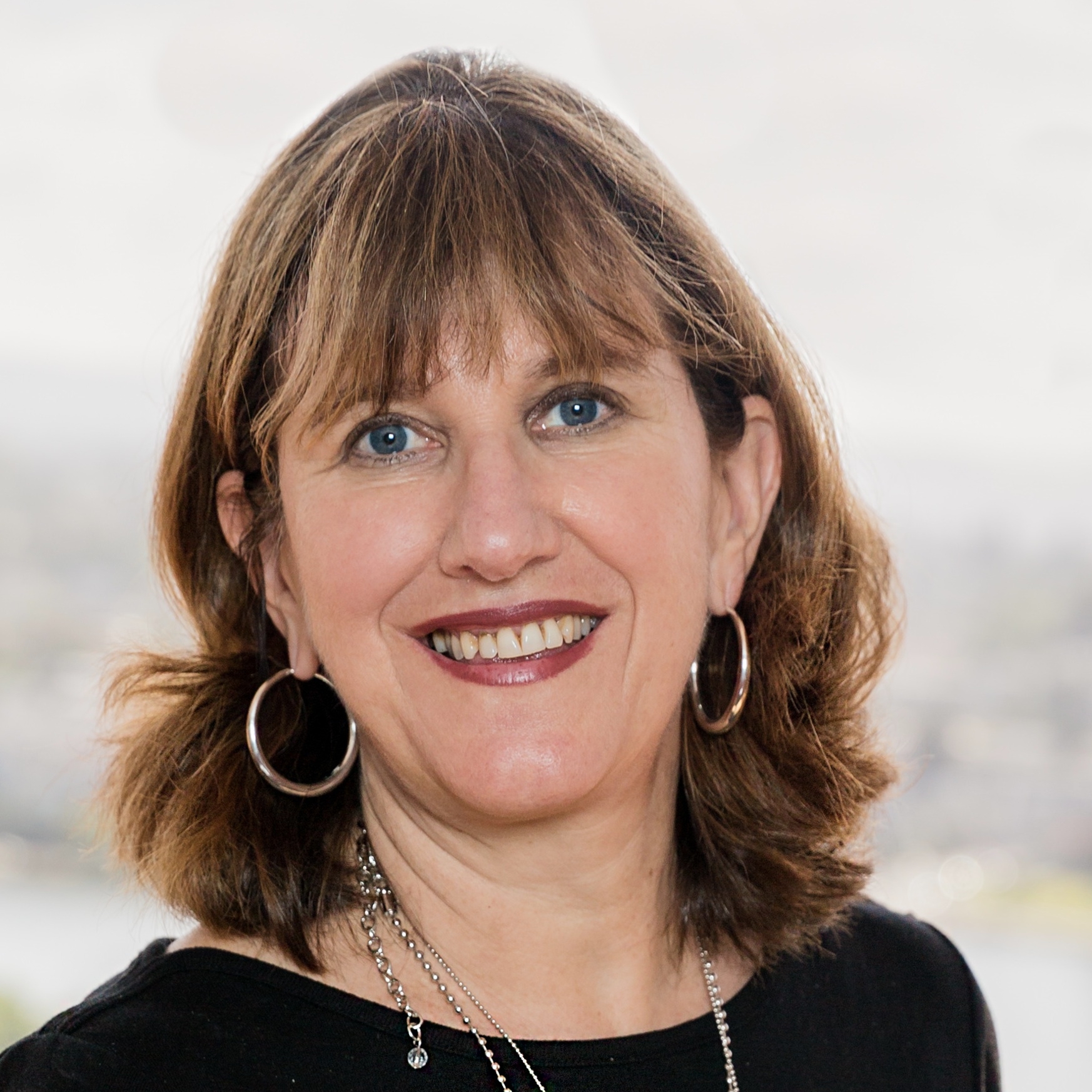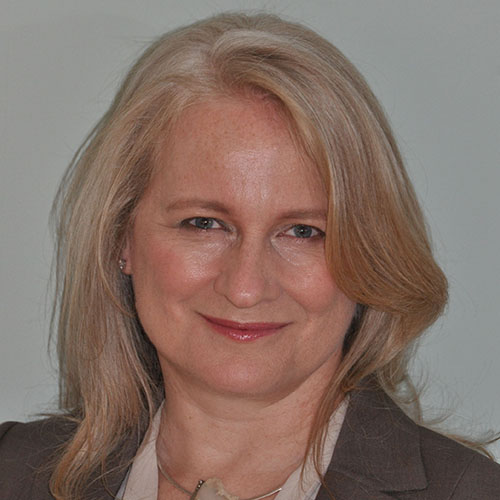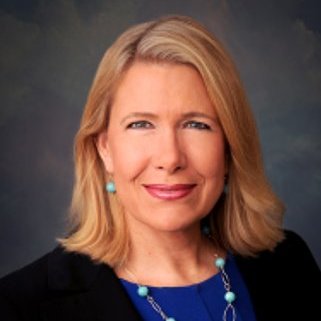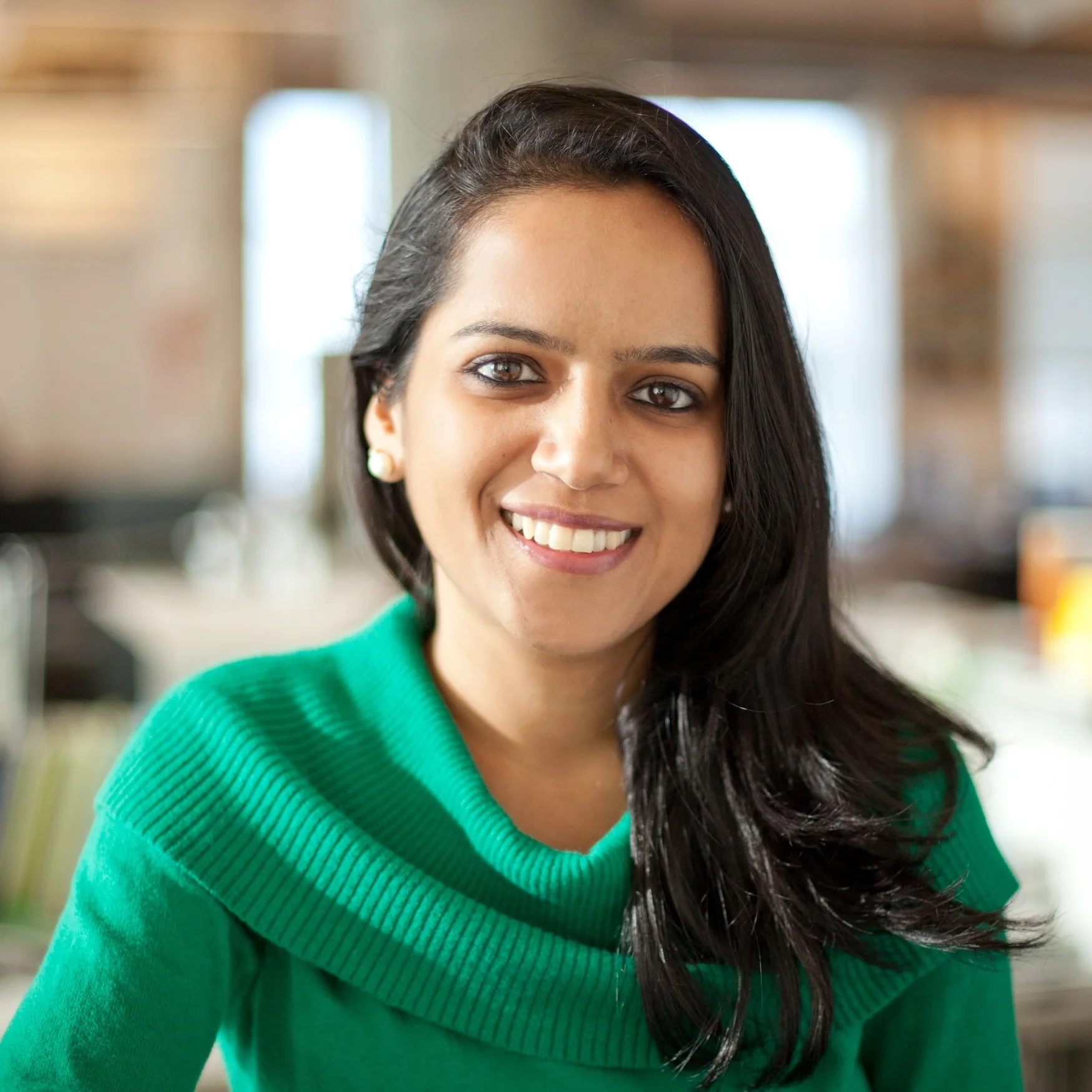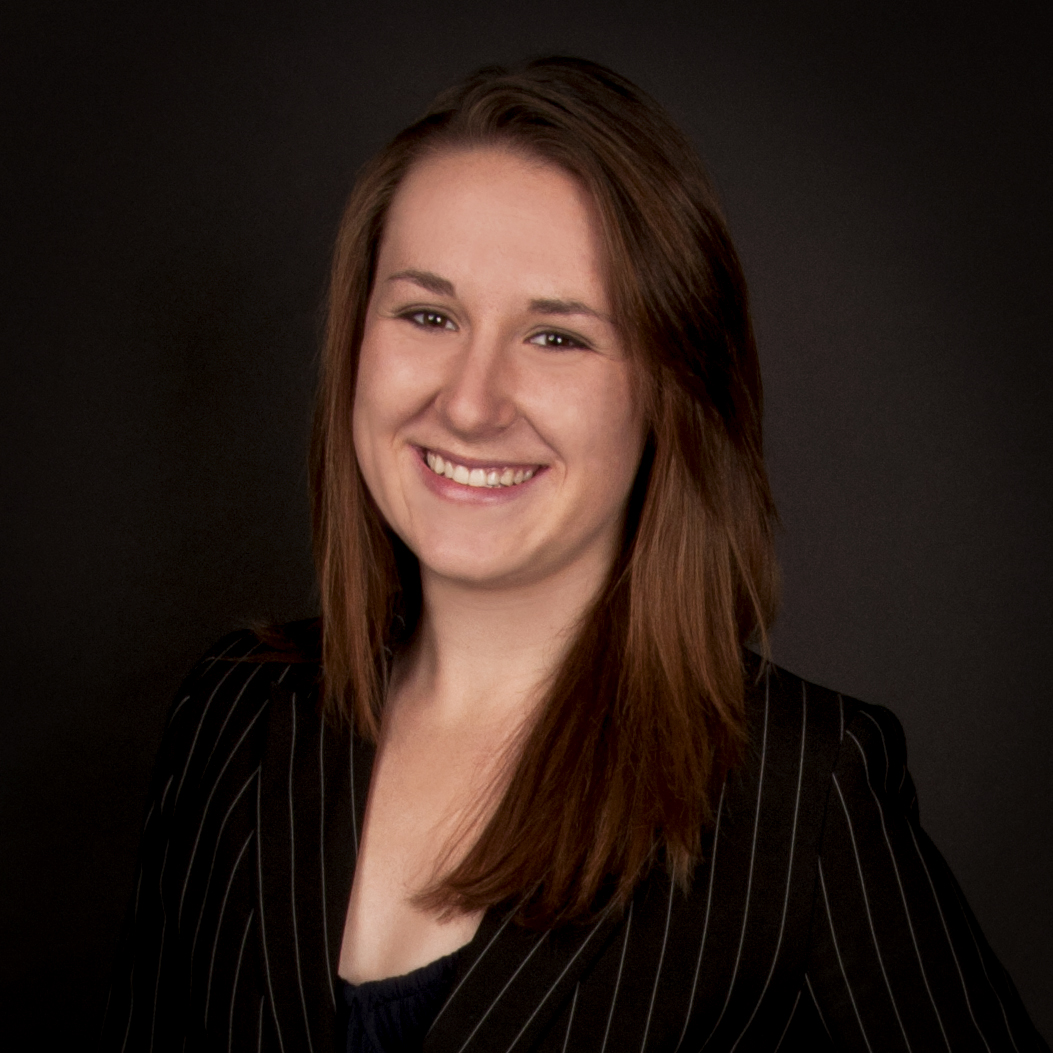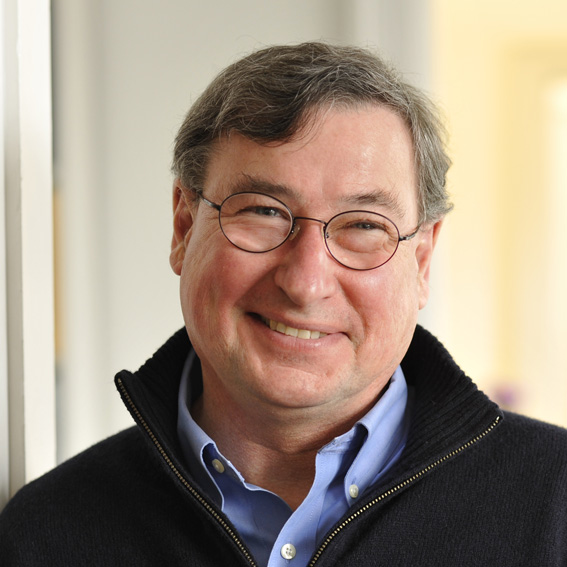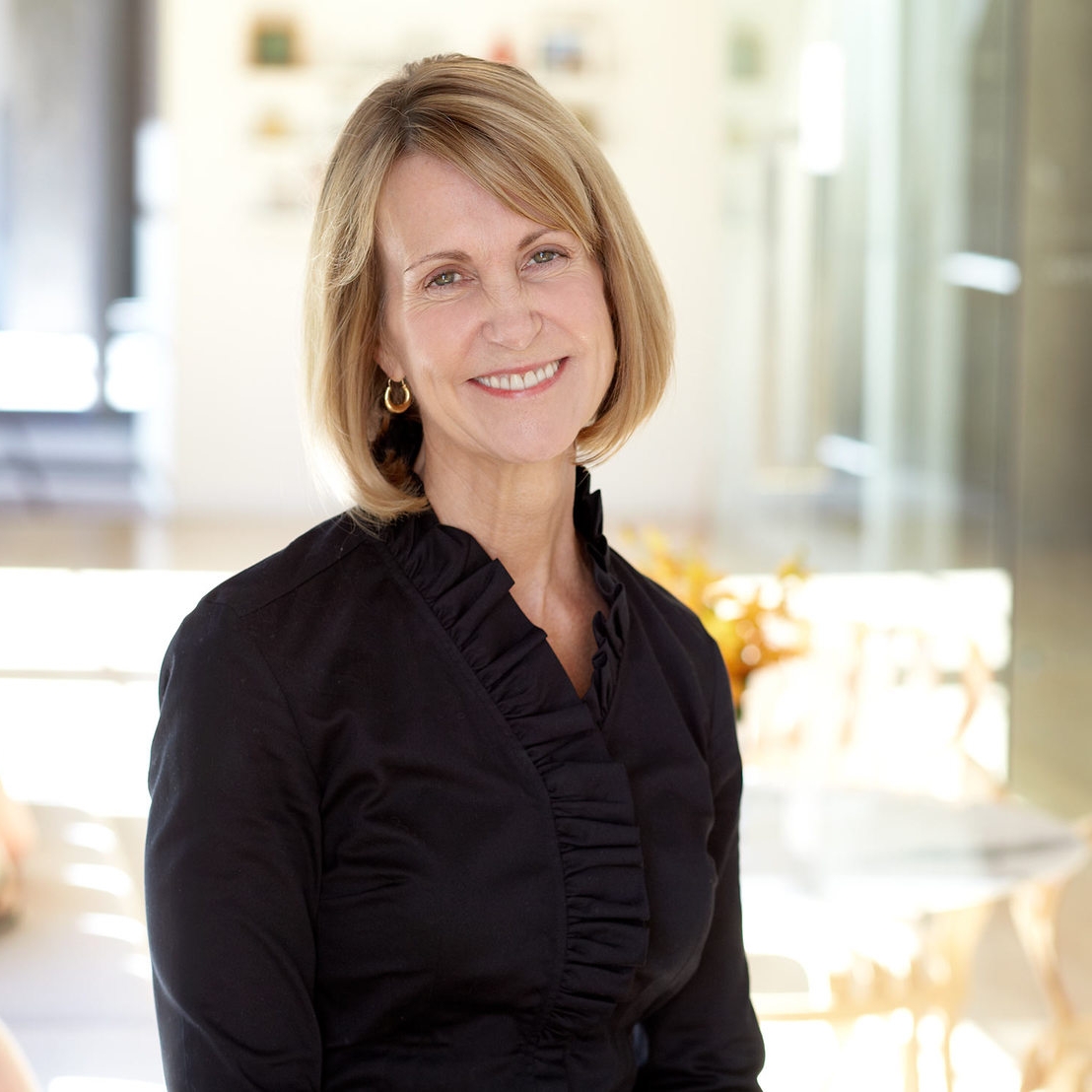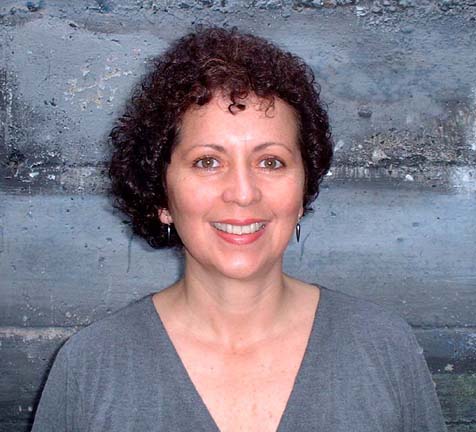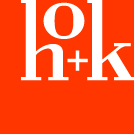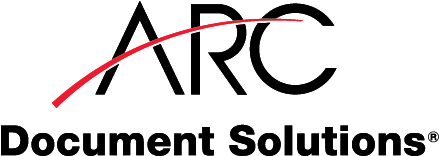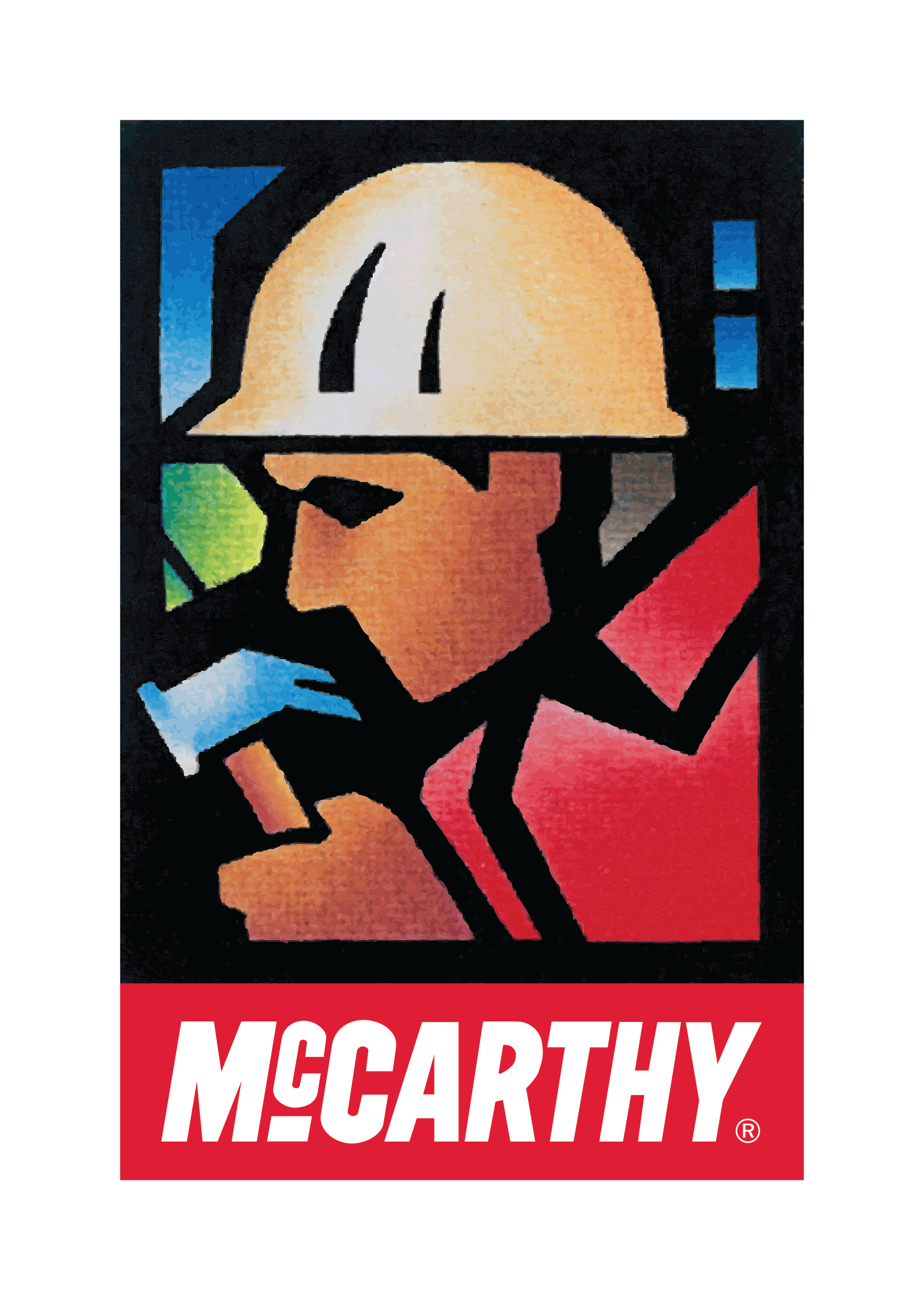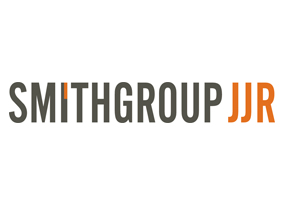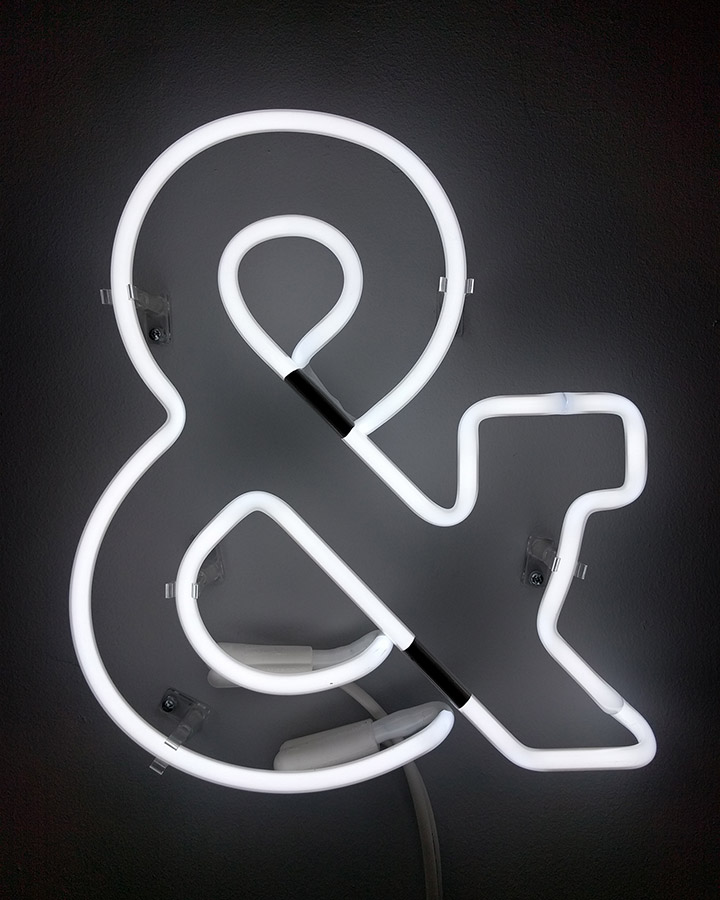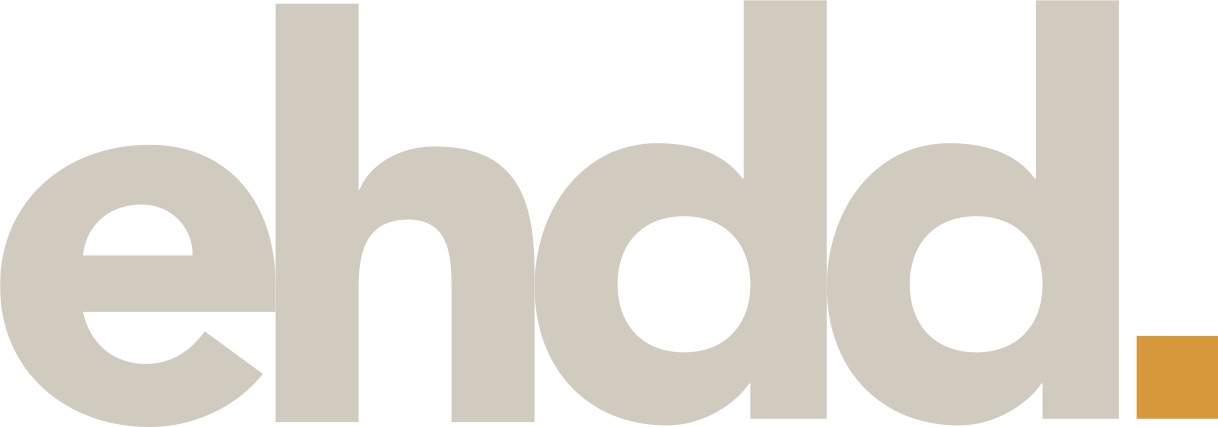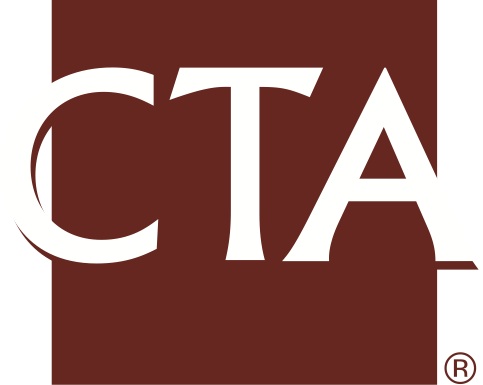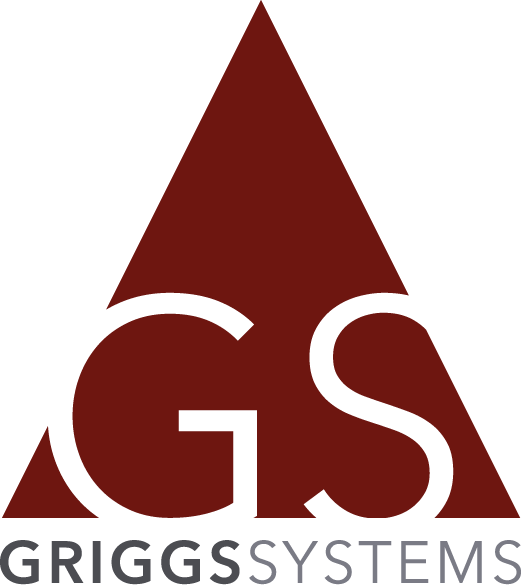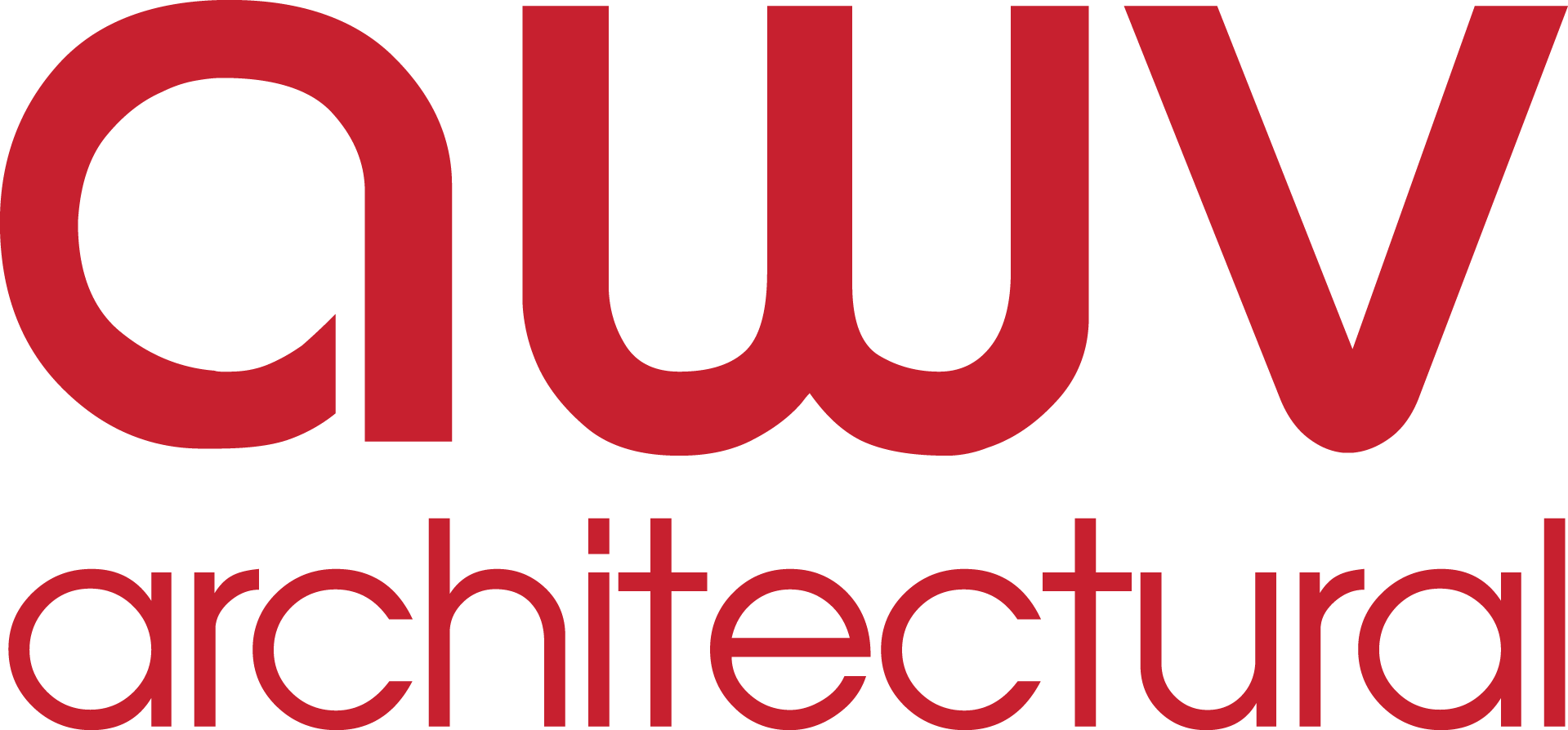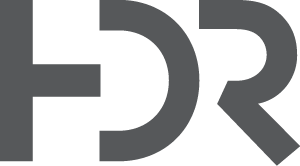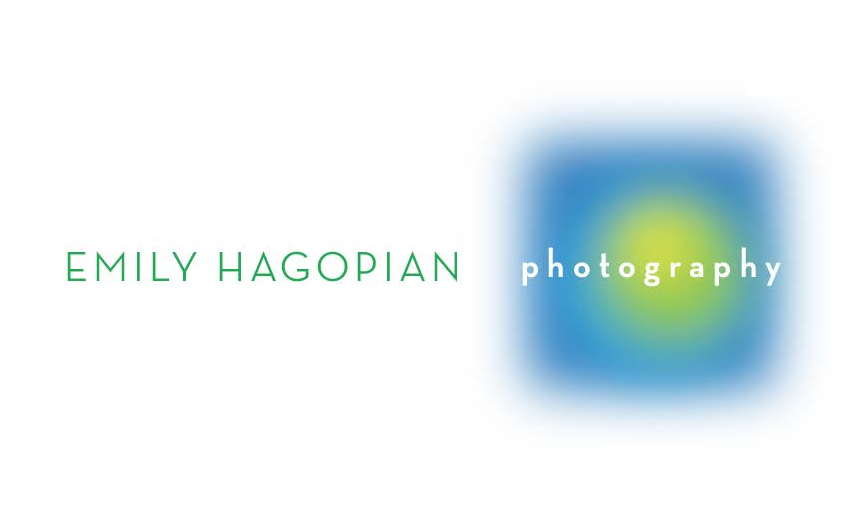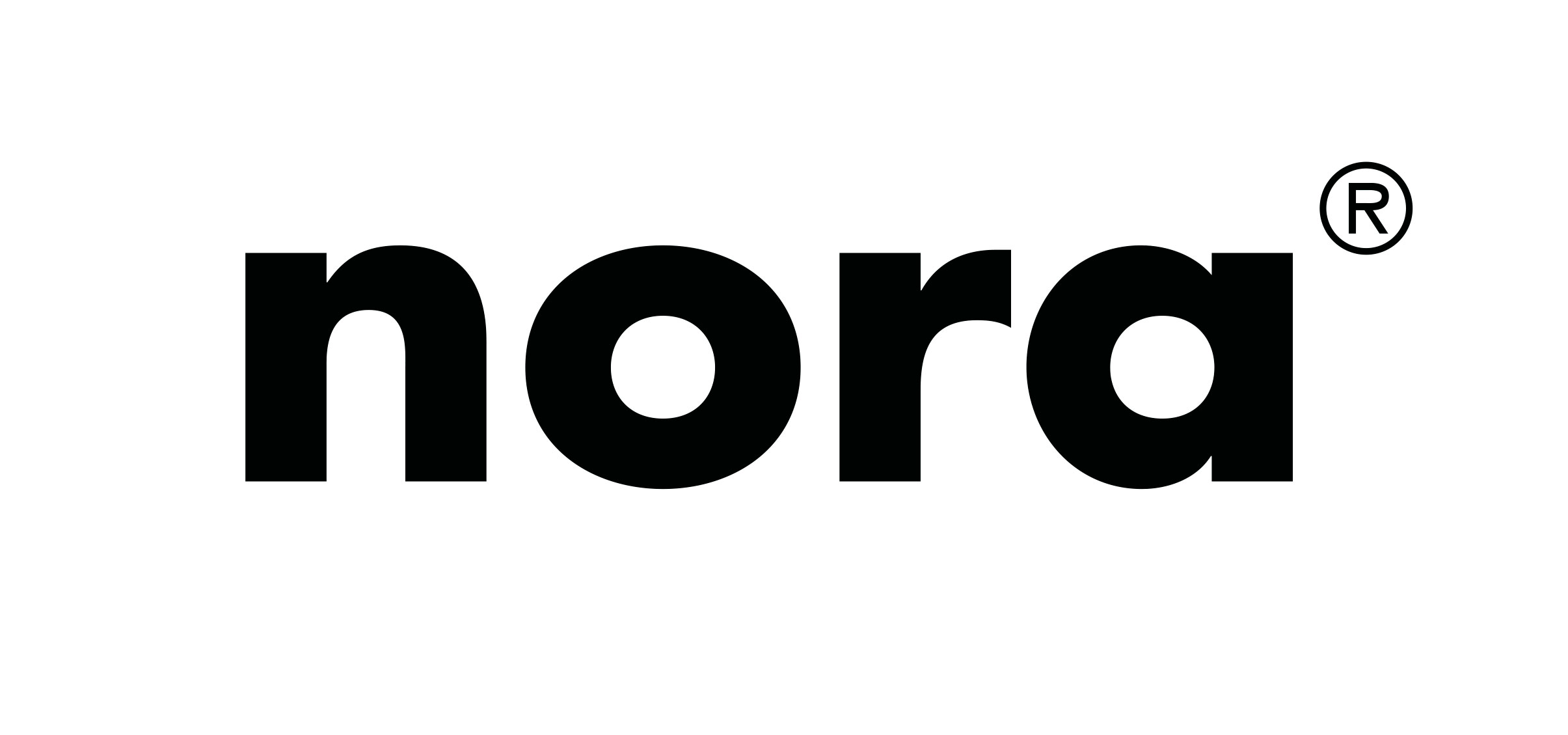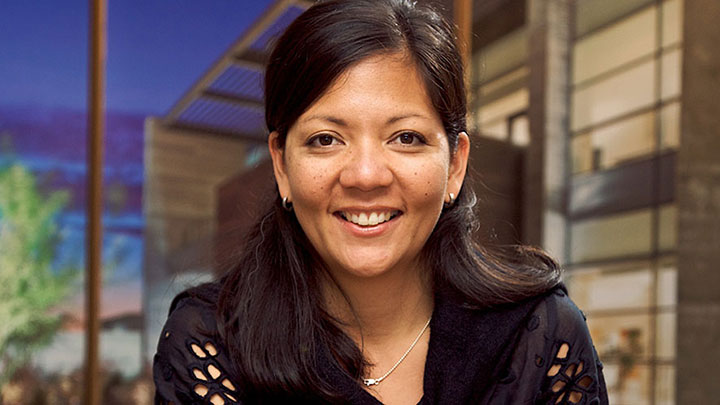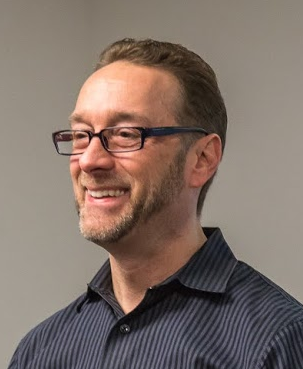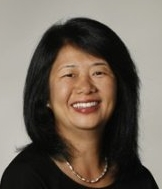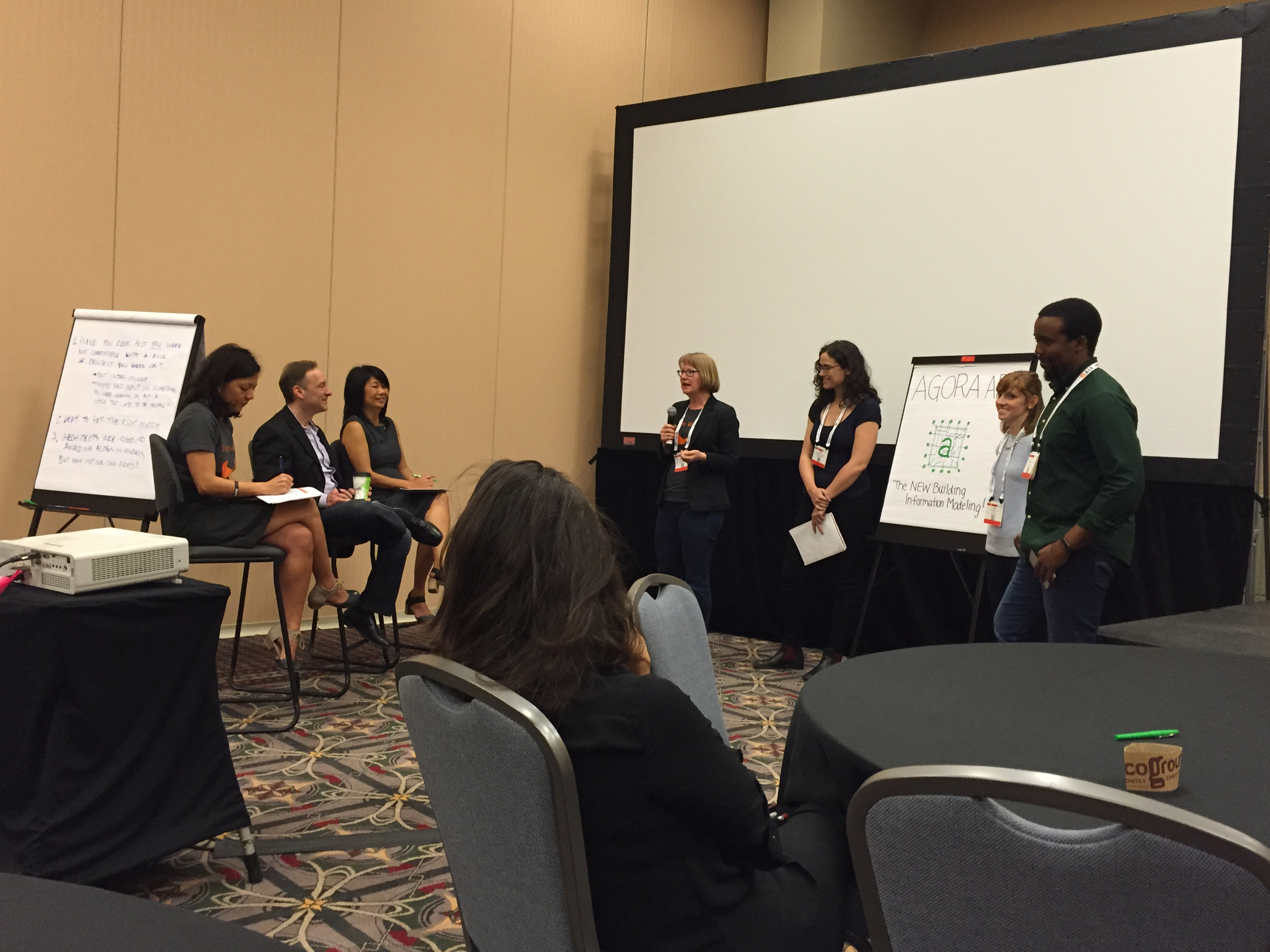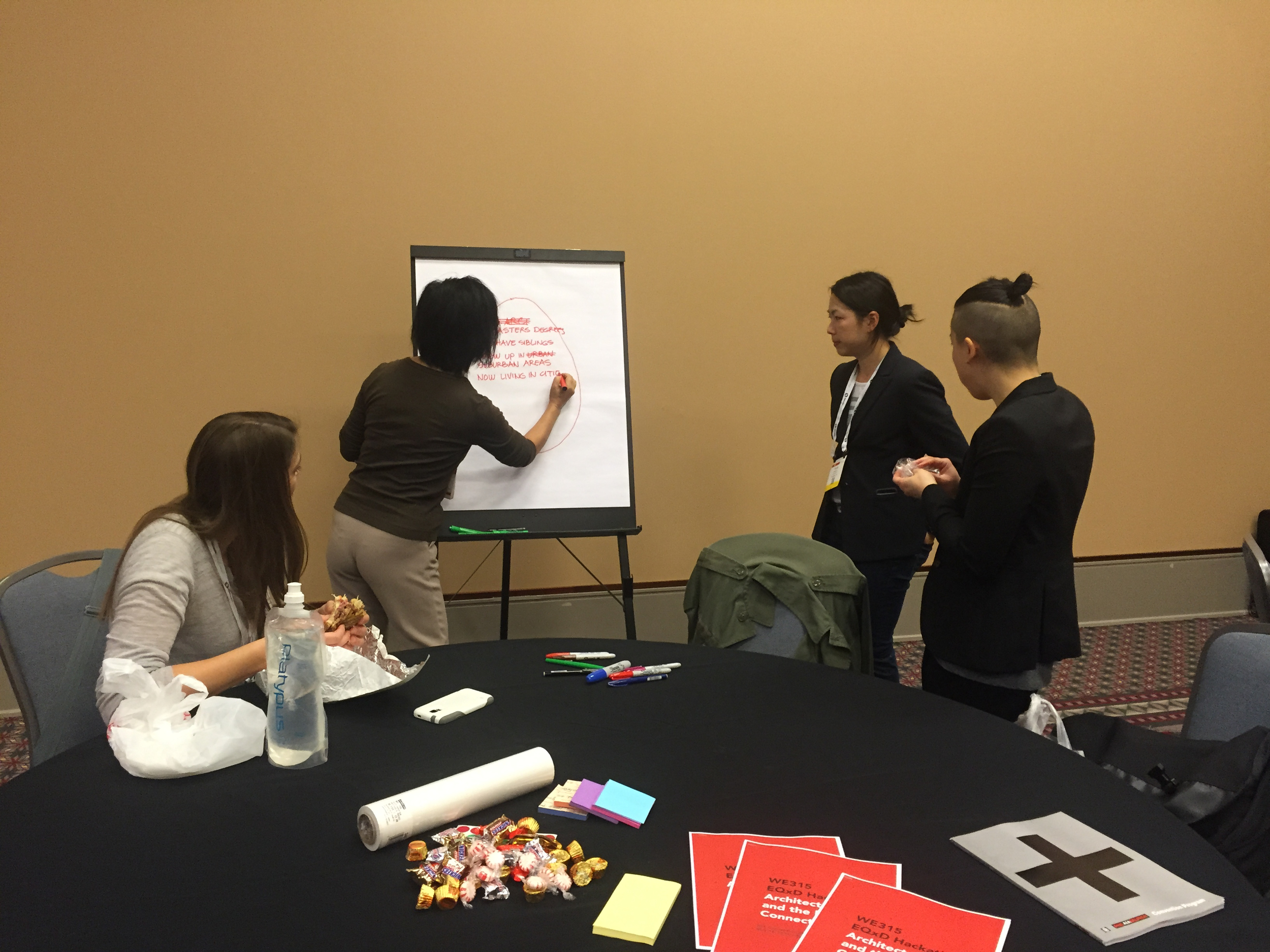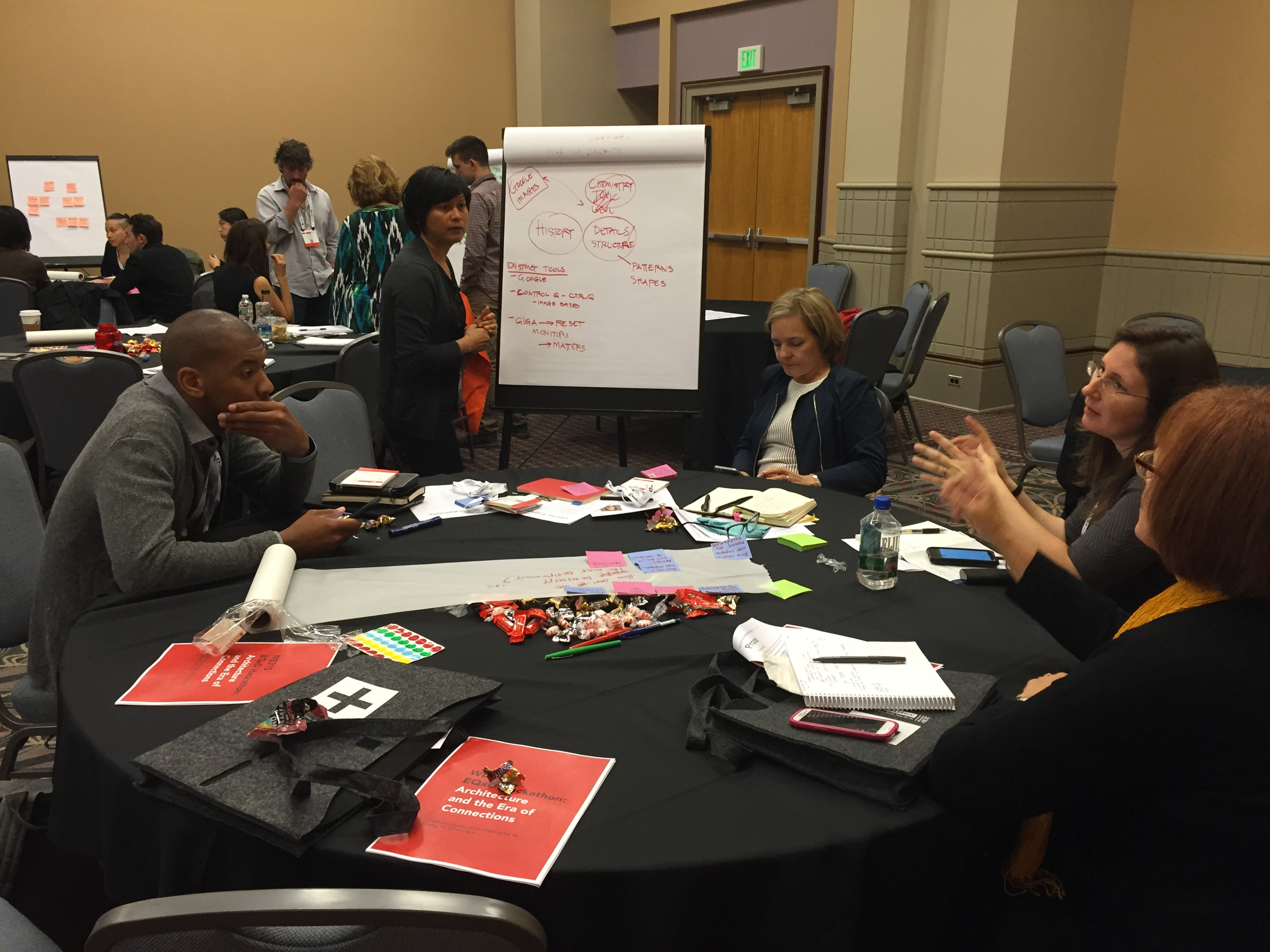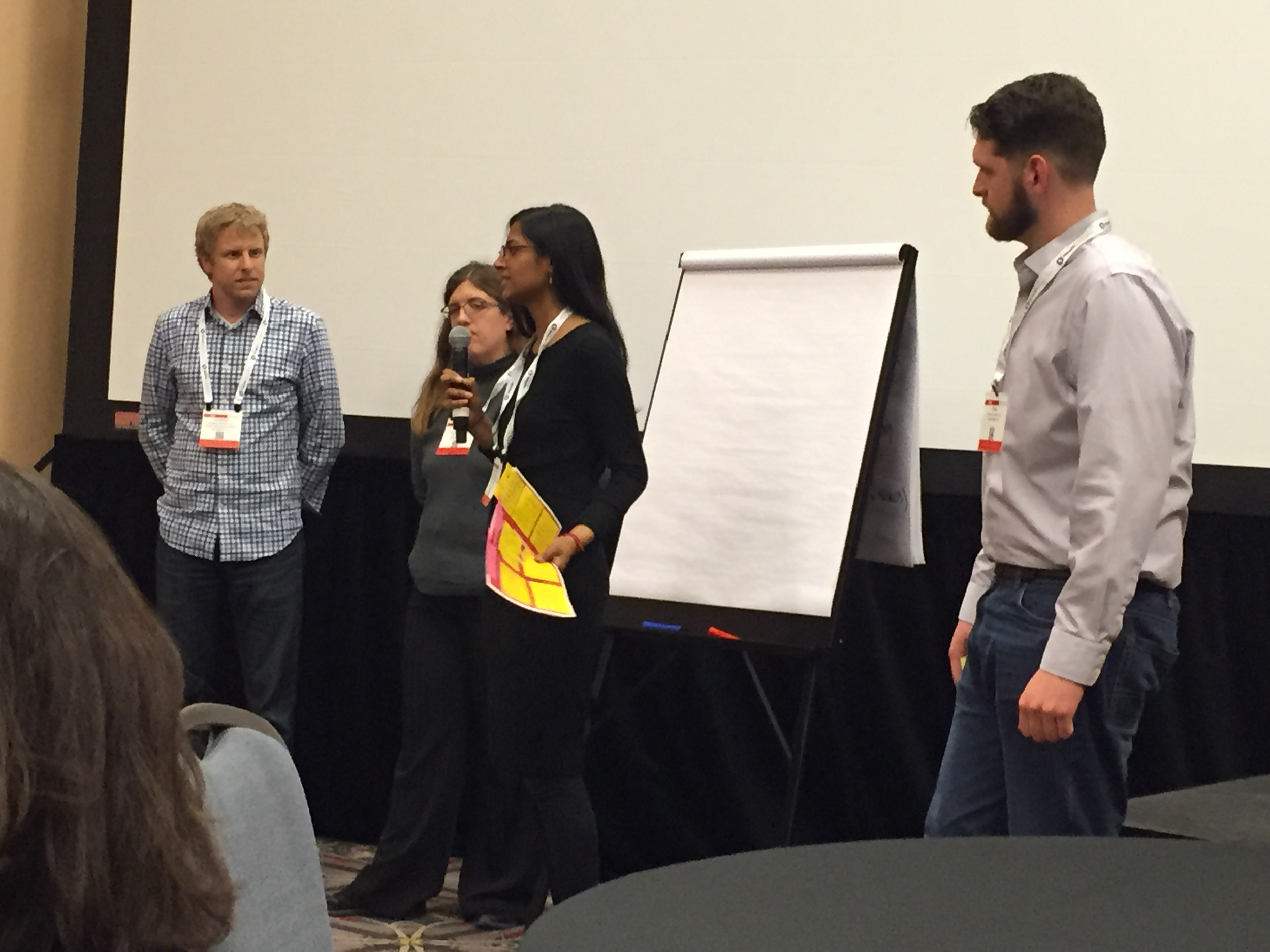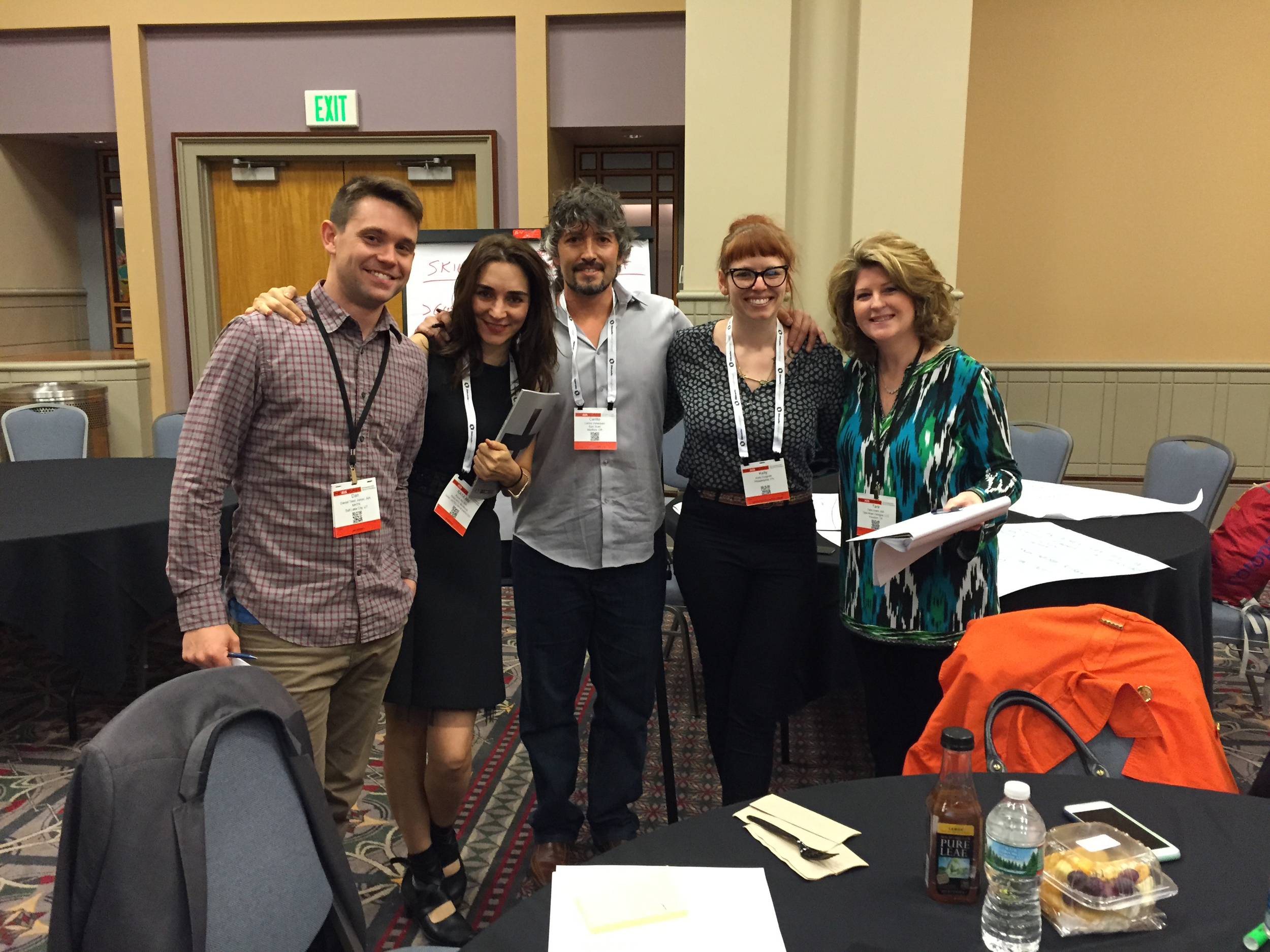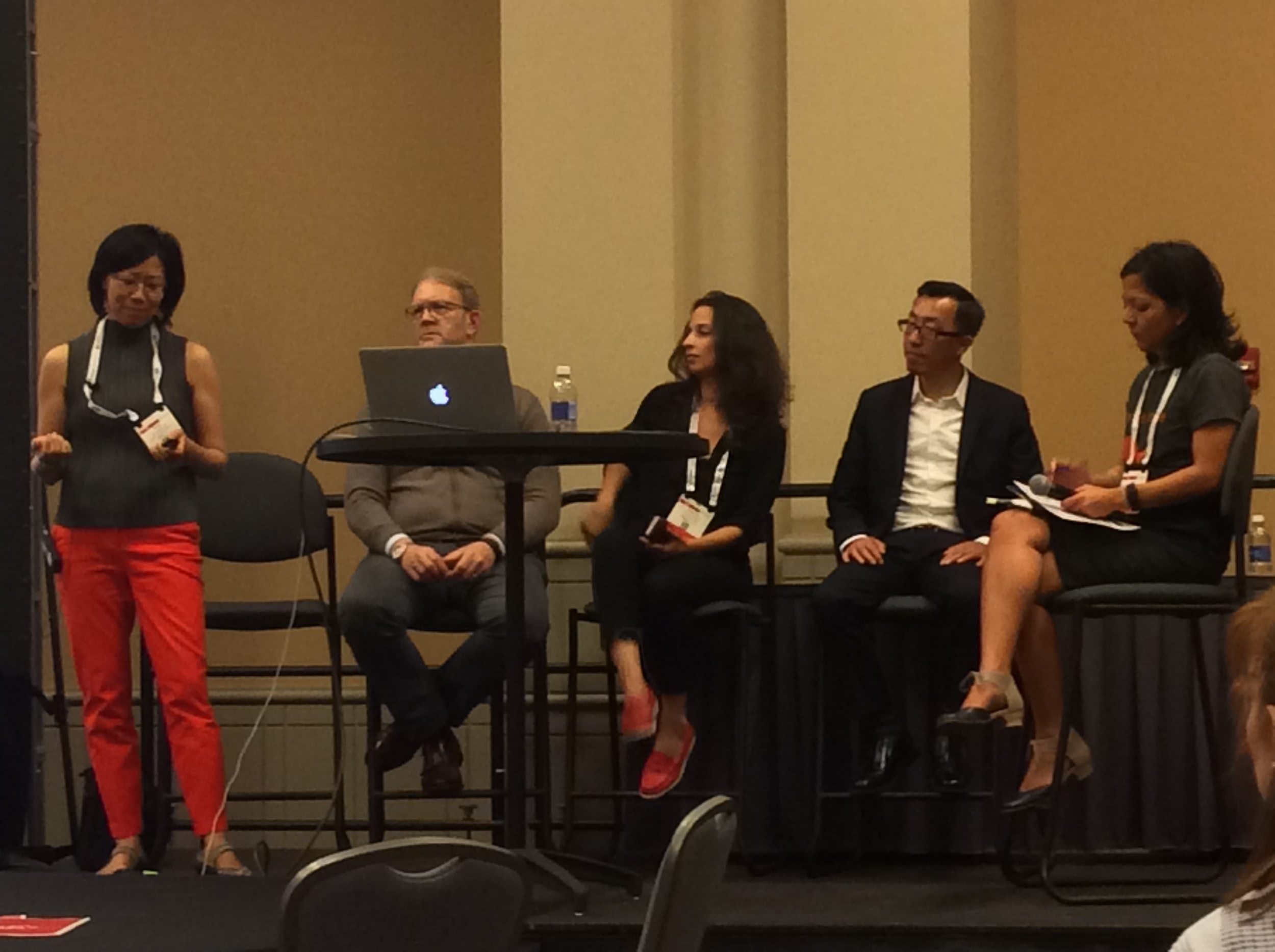This week's INSPIRE% post features equity champion Wandile Mthiyane, Co-Founder and President of Ubuntu Design Group, Fellow of The Resolution Project, and AIAS Chapter President at Andrews University.
1. Can you tell us a little bit about who you are and what you do?
Photo courtesy of Ubuntu Design Group
My name is Wandile Mthiyane. I am a Master of Architecture student and the founder of Ubuntu Design Group. I grew up in a shantytown in Durban, South Africa, and I believe in using architecture as a vehicle to restore communities’ dignity. I am currently working on partnering with shantytown communities to build sustainable, efficient and affordable housing and infrastructure. I am passionate about a design approach that empowers people by capitalizing upon the creative energy and spirit that they possess, as well as through collaboration with the architects and engineers for their community.
“ I’m studying architecture so that I can go back and harness the local creativity of my community origins. My vision is to build sustainable homes, which preserve the cultural values of the communities that I serve.”
2. Why did you choose to study Architecture?
Photo courtesy of Ubuntu Design Group
Growing up in a dilapidated shantytown in Durban, South Africa, everyone built their own houses, hence everyone I knew was an “architect”. My community worked together to build each other’s homes out of any materials they had, from a microwave to plywood. This effort instilled in me a culture of making things. We never had the opportunity to play house in a real house, so we built our tiny shacks to play house in. Despite the fun of learning how to build, I always aspired to someday have a high level of technical skill and resources. I’m studying architecture so that I can go back and harness the local creativity of my community origins. My vision is to build sustainable homes, which preserve the cultural values of the communities that I serve.
3. What inspires you on a daily basis?
I am inspired by the exuberant creativity expressed by the people living in shantytowns. The town’s people efficiently use their scarce resources to create dwellings for them and their loved ones. I am inspired by the optimism, love, joy and hope shown by people who live in inhumane conditions of informal settlements. This is shown in the small things like keeping their mud shack spotlessly clean and painting a flower on their doors. I am inspired by the potential impact architecture has on solving social problems while creating culturally sensitive and sustainable neighborhoods. For example, in the township of Umbumbulu there are many small, narrow passageways, and no street lighting. By working with the local residents to best redesign the streets to open up space, along with redesigning homes to include windows so more eyes are on the neighborhood, and installing street lighting we can instantly reduce crime and rape. Kids in Umbumbulu often miss school due to a light rainstorm. This can be solved by simply improving the design of their schools to protect against rain getting into the rooms and damaging the student’s books and learning materials. Making these simple changes, which can drastically alter the lives and experience of people living in the township of Umbumbulu, is very inspirational to me.
he town’s people efficiently use their scarce resources to create dwellings for them and their loved ones
4. What are 3 of your most influential projects and why?
Ubuntu Design Group Half House Project (In progress).
This is the first project where I was the principal agent and it helped me realize that architecture is not just a commodity for the wealthy; it can be a vehicle to harness local creativity to preserve culture while creating a sustainable community. This also gave me the opportunity to provide solutions, which includes the integration of the local people in the design process of their houses and community. I strongly believe that there are no better people to design a place than the people who will be occupying it. This approach is not only beneficial to a community, but unique to it as well.
Fezi Jezi Orphanage in Haiti (In progress)
In this project I had the privilege to help design an orphanage for teenagers. This helped me realize how much impact a building can have in the development of a person's character. This project is reaffirming for me the truth of Churchill’s famous quote: “We shape our buildings; thereafter they shape us.”
Orphanage storehouse in Bolivia
I also had the privilege to help design and build an orphanage storehouse in Bolivia. I was moved by the impact this little project had on the children living at the orphanage. This made me realize that even little design solutions could potentially change several people’s lives for the better. For example, the certainty of a sustainable and safe home can bring a much-needed sense of security to the children. Furthermore the gesture portrayed by this project shows that they - are not without anyone who cares for them, but that their wellbeing and growth under normal living conditions like other kids is equally as important. I think this brings a big lift to their lives.
5. What is the greatest challenge/difficulty that you had to overcome in your professional career?
My greatest challenge has been working against my original mindset that architecture is a space for luxury designs and buildings. I personally see it now as a major opportunity for social design to enrich those who are not fortunate enough to afford extravagant, or even middle class structures made by other architects. One of my biggest problems has been facing the western mindset of knowing what’s best for the communities in the developing world. I always have a hard time explaining to potential investors and donors that we don’t have a design but the design come out from our interaction with the community. The scale of the number of houses we build is important, yes, but not at the expense of people’s culture, shared values, and community. It is so common in today's world to provide figures and statistics that are gathered through research, and hold them up as if they were absolute truth. The reality is that initial statistics, budgets, and designs may make sense to business owners and investors, but are often void of any real local and cultural knowledge of how it would impact, or be received by the community. Often, this does not translate to being an effective solution on the ground, giving a false sense of security or a “sure thing” to investors and causing multiple problems down the line. As I find myself saying repeatedly, “just because there are figures, doesn’t mean there are facts.”
We are currently working with World Merit at Merit 360 in New York, which brings together the brightest young minds and leaders from around the world to discuss and brainstorm ways to effect global change in alignment with the United Nations Sustainable Development Goals. Ubuntu Design Group recently presented the work that we are doing to the United Nations as a model to effectively develop communities around the world.
Ubuntu presenting the SDG 11 Project at the United Nations - Photo courtesy of Alexander Lori
6. What do you believe has been one of your greatest accomplishments to date? Why?
I know you asked for one, but I’ll actually mention two. The first is the Ubuntu Half-House social venture pitch, which won first place in the Resolution Projects at One Young World. Secondly, and connected to the first accomplishment, is the fact that the Ubuntu Half-House project has been shortlisted as one of the top 6 finalists for the SXSW Place By Design International Competition.
7. If you could go back in time, what would you tell your 24 year-old self?
I’m actually 22 years old, but if I had to go back 4 years and tell my undergraduate freshman-self a word of advice, I would say “architecture is not just about designing tall shiny buildings for multi-millionaires or huge corporations. Architecture is actually a vehicle I can use to make this world safer, and improve the living conditions for all people, no matter the budget. Great architecture becomes great when it is built for all people, by all people.”
8. What is the best advice that you ever received and how does that apply today?
The best advice I’ve received, which is a principle that I live by, is to love God and live a life to serve. This is embedded in the very core mission of Ubuntu Design Group, as “Ubuntu” means “I am because you are.”
9. How do you see the practice of Architecture changing in the next 10-20 years? What would your role be in the future?
As a report from the U.S. Census Bureau projects, by 2050 the minority population will become the majority (http://edition.cnn.com/2008/US/08/13/census.minorities/). There have also been indications of change in the trend of male domination in architecture. From 2003-2015 there was only one female president for AIAS (American Institute of Architecture Students). For the first time in the history of this organization, there have been two female presidents back to back, and the majority of the quadrant leaders are now also female. This goes to show the increase in the gender diversity within the field of architecture leadership, which is a good indicator for the industry. There still hasn’t been a lot of Ethnic diversity in the presidential positions in AIAS, but there have been a growing number of black vice presidents, along with the increase in different ethnicities taking on undergraduate degrees in architecture, there is hope for growth in the future. Therefore, I think architecture has a strong potential to represent the populations that we are meant to serve in the coming years, especially with the predicted demographic transition from historically minority towards the majority. With the rise in the black middle class and in women who are studying architecture, this will provide opportunities for architecture to reach unexplored possibilities and address changing cultural demands.
“In order for the profession to truly reflect equity, we need to address implicit bias that’s almost always reflected in pay grade, promotion, health support, type of work allocated and the general welfare of all employees.”
Some may see these stats and progress and argue that since the profession is moving in the right direction there’s no need for advocates; change is unpredictable and is already happening on its own. While they might have a point that there’s definitely positive progress in relation to diversity and inclusion in the field of architecture, they are missing the fundamental point that, the only reason the industry is changing is because of advocates who are questioning the status quo. In order for the profession to truly reflect equity, we need to address implicit bias that’s almost always reflected in pay grade, promotion, health support, type of work allocated and the general welfare of all employees.
My role in this world is to be an advocate for this transformation and to lead by example. I’d like for architecture to be a medium bringing back dignity to the community by allowing people the opportunity to have an input in the design of their houses and communities, no matter which part of the world they live in, or what social class they come from.
10. We have heard that while the general public respects Architects, they have little knowledge about what we do. Do you have any thoughts about how we can bridge the gap?
Courtesy of Wandile Mthiyane
I think this gap is a result of poor public participation in the design process, which is a fault on the architecture side; therefore, one way for bridging this gap is to involve the general public in the design process. After all, there is no better person to decide how to live in a place than the actual person who will be living there.
I have incorporated this principle throughout the mission of Ubuntu Design Group. Our main motto is “listening to build.” This is a very important principle in our needs research and assessments, which involves going on location and talking to the individuals we are designing and building a home for. We discuss their needs, such as our first family who is living with a disability and requires that the house be wheelchair friendly, and build these points into our design process. We also study the local landscape, culture, and existing architecture while constantly asking questions and observing community interactions. This ensures the community feels seen, heard, and included in the end product. I believe this process will help strengthen people’s understanding of what we as architects do, and our relationship with the individuals of the communities we’re working in.
INSPIRE% interviews are part of a series conceived and curated by EQxDesign.com. This interview post has been co-edited by Rosa Sheng, Yousif Yousif, and Stephen Allcock.
Connect with us:
Ubuntu are excited to invite you to make a difference. We need your help to build homes that preserve the culture, identity, and individuality of the communities with whom we will partner. In the spirit of ubuntu, “I am because you are,” we are calling all who are inspired by this new collaborative method to help us raise the funds for our pilot sustainable house for the Mtshalis family, along with other residents of informal settlements in Durban, South Africa in the near future.
For more information about the work of Ubuntu, the concept behind Ubuntu House Projects, and the ways in which you can be involved, please visit












